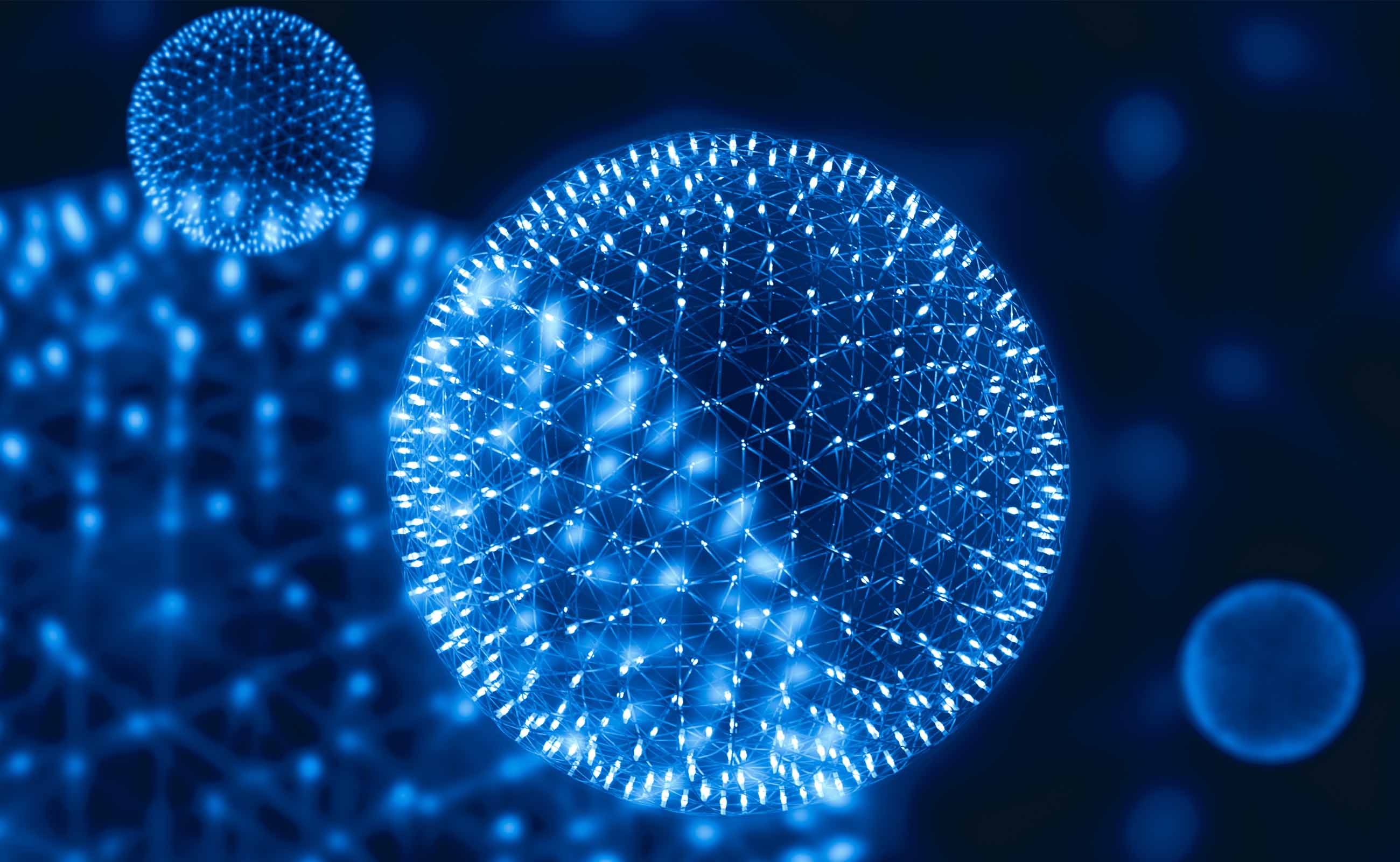
Mar 31, 2022 to Mar 31, 2022
|
ESCAPE events
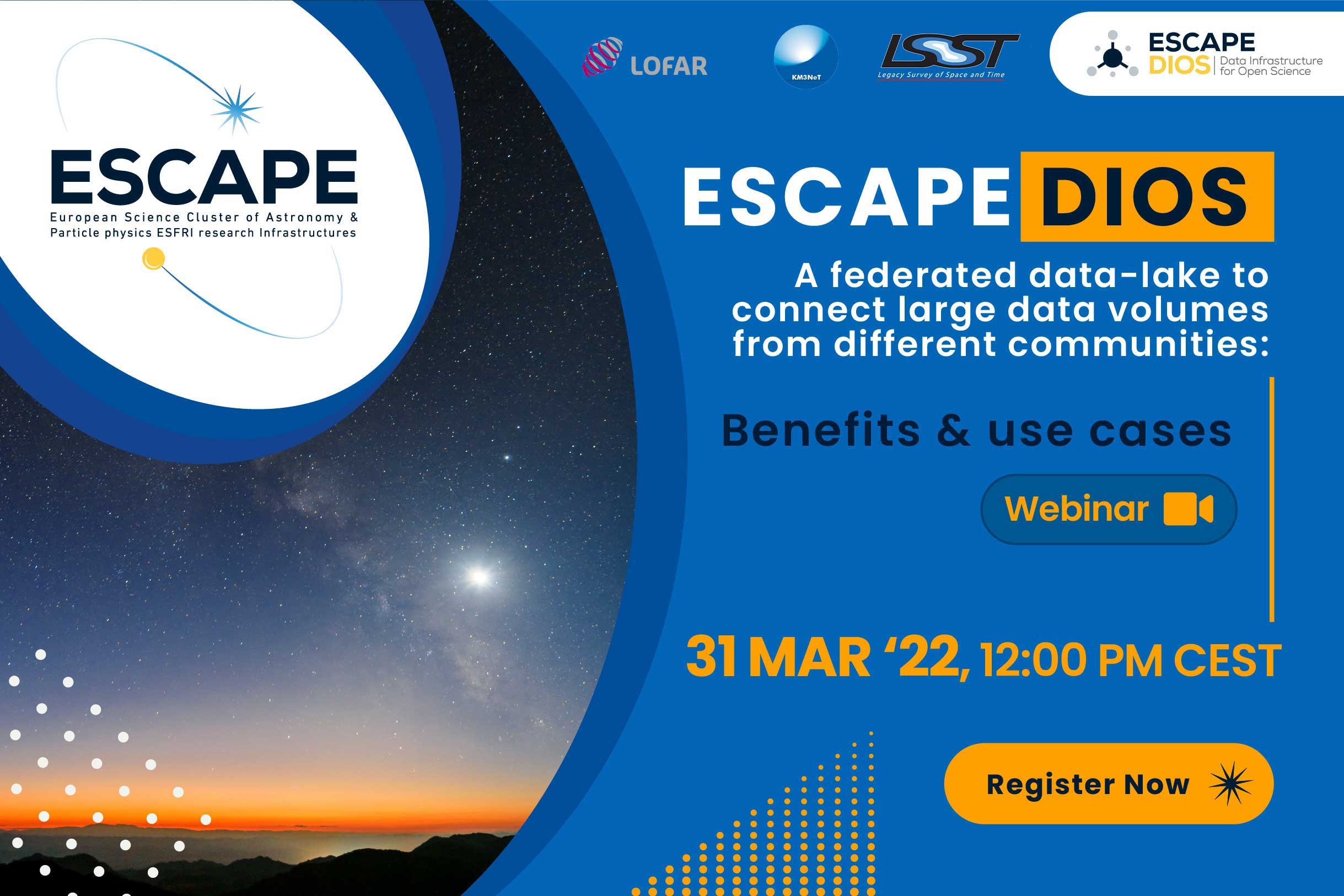
The ESCAPE Data Infrastructure for Open Science (DIOS) is a service from ESCAPE EOSC (European Open Science Cloud) thematic cell, a cross-border and multidisciplinary virtual research environment of ESFRI (European Strategy Forum on Research Infrastructures) projects in the astro- and particle physics domain.
ESCAPE DIOS is a federated data infrastructure of open access data that enables large national research data centres to work together and build a robust cloud-like service to curate and scale up to multi-Exabyte needs. The ESCAPE DIOS is a flexible and robust data lake in terms of storage, security, safety and transfer, as well as basic orchestration machinery, which enables the combination of technology with high quality data from different communities and, therefore, the exploration of new areas in science. It is a pillar infrastructure to be connected to EOSC, address the next decades’ data challenges and serve the international user communities.
ESCAPE DIOS will hide the complexities of data management and data access in a distributed environment from the end users. It provides capabilities for managing large volumes of data and making them accessible to very distributed communities, while optimizing the cost of storage.
In the webinar "ESCAPE DIOS | A federated data-lake to connect large data volumes from different communities - benefits & use cases" we will show the ESCAPE DIOS developments and achievements, by sharing testimonials from some of the ESFRIs (European Strategy Forum on Research Infrastructures) which are being supported by ESCAPE in facilitating their interdisciplinary research.
For example, the webinar will count with KM3NeT testimonial, a neutrino telescope under construction in the deep waters of the Mediterranean Sea, and is already operational 24/7. In this presentation, we will understand how the ESCAPE DIOS infrastructure can be used for KM3NeT data management. This infrastructure will be adopted to serve as a data management and data access system for the distributed KM3NeT community. LSST will present how leverages the ESCAPE platform for preparing the data replication infrastructure for its needs. LOFAR will present the use cases and the corresponding data workflows for the currently operational international LOFAR radio telescope. LOFAR will present similarities and differences between data workflows for radio astronomy and the particle physics domain for which the Scientific Data Lake was originally developed.
Who should attend?
Agenda
Speakers

Physicist, Data Lake Task coordinator within ESCAPE Work Package 2, collaboratively leading the effort on novel data access technologies for future distributed storage infrastructures, referred to as the Data Lake, being prototyped in the ESCAPE European-funded project and leveraging Worldwide LHC Computing Grid (WLCG) technologies.
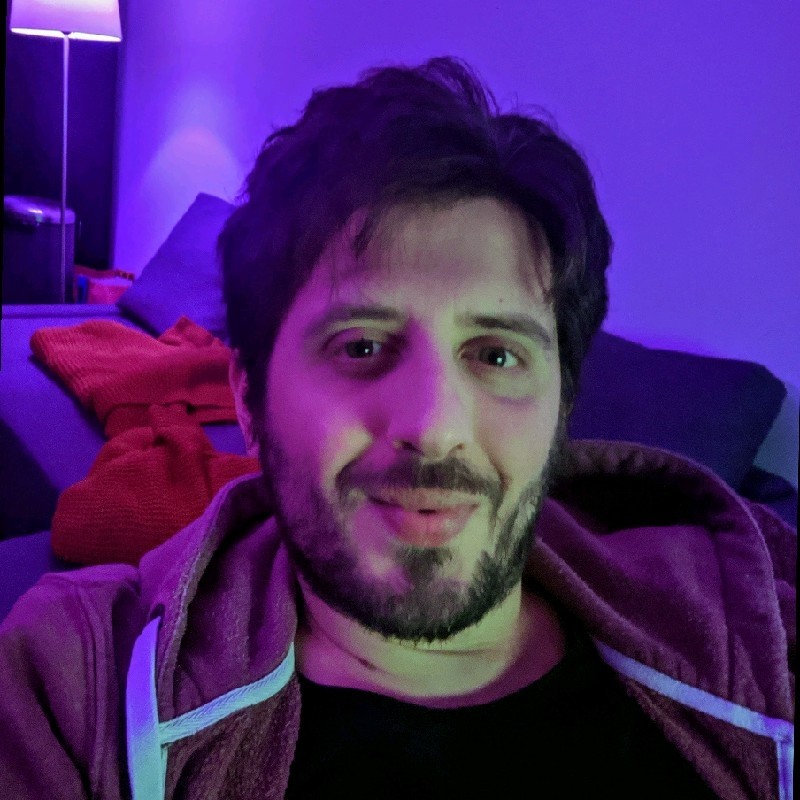
Rizart Dona is a computer scientist and a CERN Fellow, who is part of the EU-funded ESCAPE project. He has worked as a software engineer in both industry and academic environments, with a focus on distributed data management solutions for the last three years. He holds a BSc and a MSc degree in Computer Science, both from the National and Kapodistrian University of Athens.
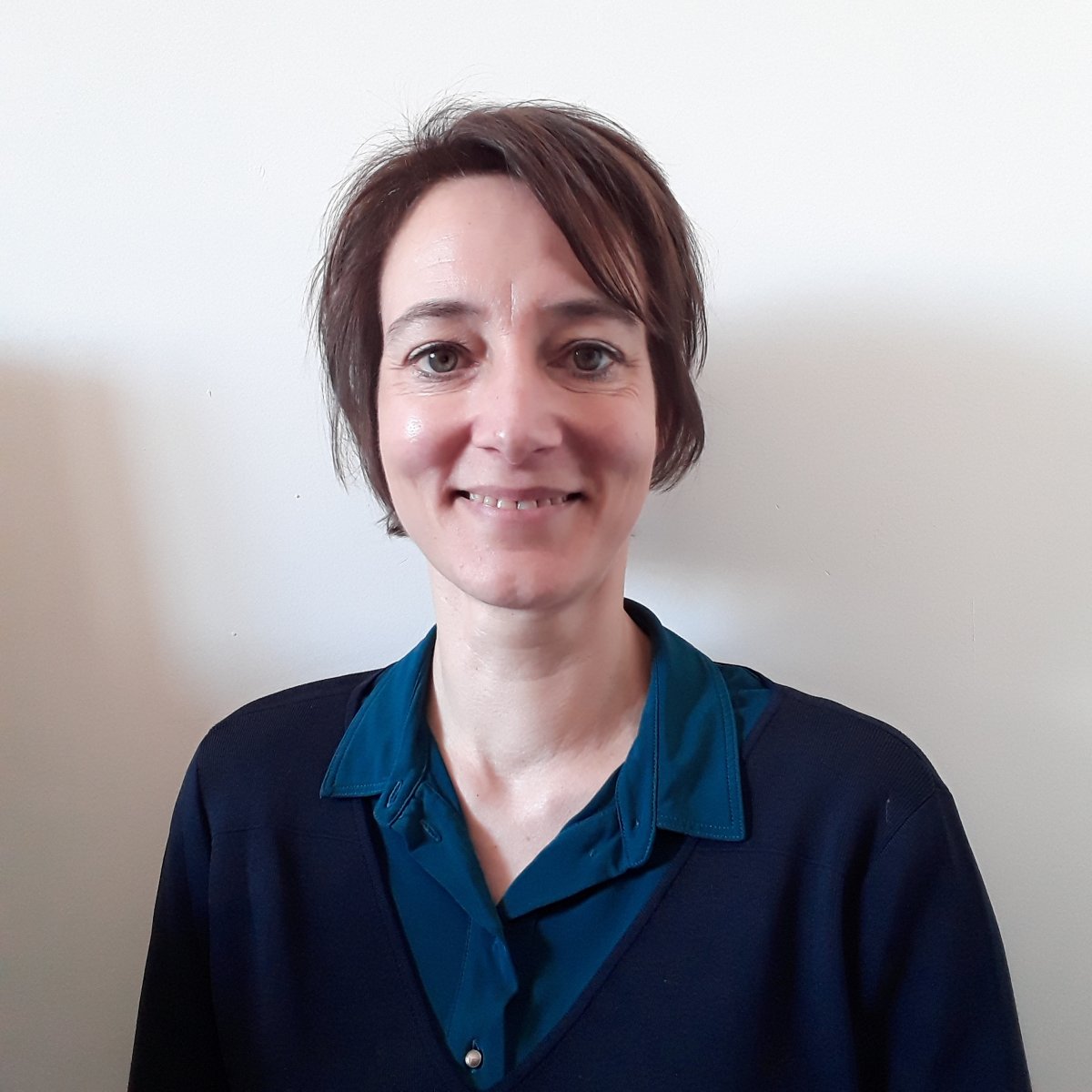
Mieke is senior researcher at the Dutch National Institute for Subatomic Physics (Nikhef) in Amsterdam, Netherlands. She works for the KM3NeT neutrino experiment, an ESFRI, and is convenor of the KM3NeT computing and software working group.
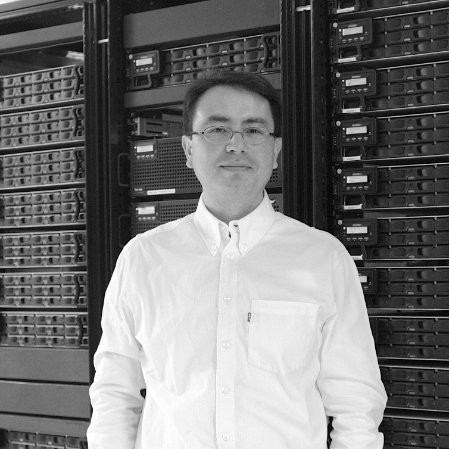
Senior research engineer currently leading the French contribution to the distributed data processing infrastructure of the Vera C. Rubin Observatory, preparing the Legacy Survey of Space and Time (LSST), the most ambitious astronomical survey ever attempted. In the past, contributed during more than 10 years to the design, prototyping, deployment, operations and management of the Worldwide LHC computing grid as technical leader of the French contribution.
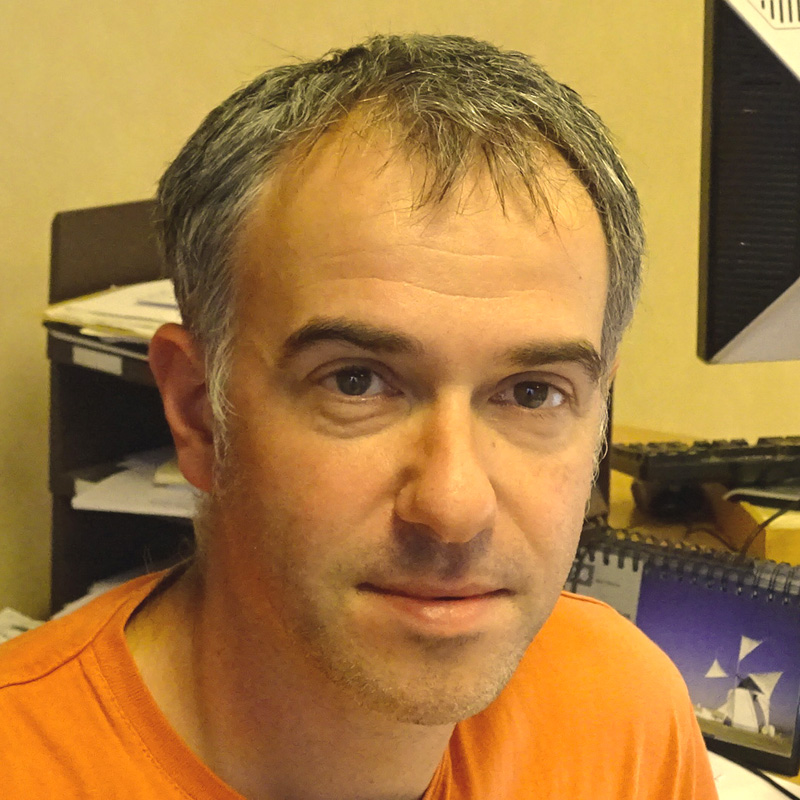 Lionel Schwarz has been working at CC-IN2P3 for 20 years. He is involved in various activities like software development and integration, continual IT services improvement and training management
Lionel Schwarz has been working at CC-IN2P3 for 20 years. He is involved in various activities like software development and integration, continual IT services improvement and training management
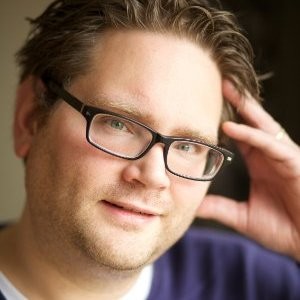
Yan is a specialist in the area astronomical data archiving, big data management). He is actively involved in the the Science Data Centre (SDC) work at ASTRON. Yan represents Netherlands in the Square Kilometre Array Regional Centre Steering Committee in the data logistics group. He is involved in the much necessitated fusion between big data frameworks and the Virtual Observatory standards. He is an active open data and open science enthusiast.
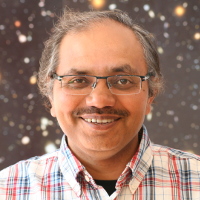 Pandey’s specialisation is in the area of astronomical data analysis, High Performance and High Throughput Computing, design of large scale compute clusters, Big data integrated frameworks, software management and HPC cloud. He continues to lead the HPC work for the LOFAR cosmic dawn group including HPC cluster design, data management and archival involving tens of petabytes. He represents Netherlands in the Square Kilometre Array Regional Centre Steering Committee in the compute and science user engagement groups.
Pandey’s specialisation is in the area of astronomical data analysis, High Performance and High Throughput Computing, design of large scale compute clusters, Big data integrated frameworks, software management and HPC cloud. He continues to lead the HPC work for the LOFAR cosmic dawn group including HPC cluster design, data management and archival involving tens of petabytes. He represents Netherlands in the Square Kilometre Array Regional Centre Steering Committee in the compute and science user engagement groups.

Except where otherwise noted, content on this website is licensed under a Creative Commons Attribution 4.0 International License.